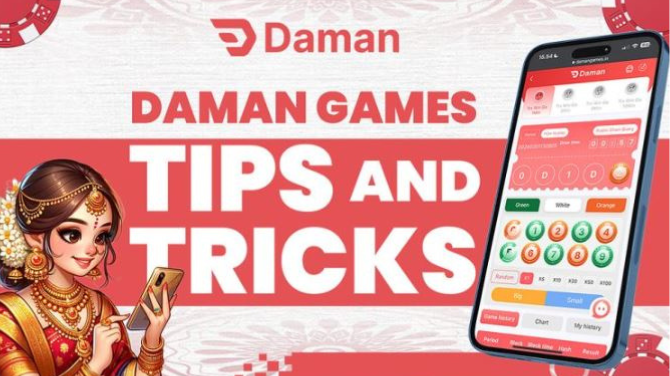Why Browser Games Are Still Very Much Alive

The average gamer in 2025 can choose between ray-traced blockbusters, premium mobile apps, and sprawling virtual-reality sandboxes. Yet traffic numbers from analytics firms keep showing a stubborn fact: millions of sessions each day still load inside nothing more glamorous than a browser tab. Click-to-play entertainment looks humble next to 120 Hz AAA titles, but it refuses to fade. Anyone looking for raw figures and interviews with developers of the genre can read more in a recent long-form feature published by an independent data blog; the snapshot below focuses on the core reasons the format endures.
Ubiquity Beats Specs
A modern web page reaches farther than any console generation. School laptops locked down by IT departments, aging office desktops, low-end Chromebooks, even kiosks in internet cafés — all of them run HTML5 without drivers or store accounts. The absence of installation friction is priceless in classrooms, dorms, and public libraries. Parents hand a child a hand-me-down PC; two clicks later the kid is farming turnips in a pixel plot. That kind of instant accessibility keeps discovery pipelines wide, long after flashy launchers promise “one-click” installs but still download gigabytes.
Monetization That Scales Both Ways
Browser veterans remember pop-up storms and malware traps, but modern portals have mostly pivoted to gentler ad placements, optional cosmetics, and season passes that cost pocket change. Studios exploit lightweight overhead to run profitably on thin margins, while hobby coders can launch something silly over a weekend and still find an audience. The system resembles busking: a digital hat passes around, a few players drop coins, and development continues. That economy might never fund a Hollywood voice cast, yet it allows experiments that riskier markets can’t.
Why Players Keep Coming Back
- Instant start-up. Five spare minutes at lunch? No patcher, no controller sync — just Alt-Tab to a tab.
- Device agnosticism. Save data tied to an email lets progress follow users between home PC and library terminal.
- Low file guilt. Nothing clutters the SSD, so uninstall anxiety disappears.
- Community nostalgia. Many millennials met friends over Flash; HTML5 successors trigger the same café-chat vibe.
- Office stealth. Some turn-based titles run muted and require single clicks — handy during long Zoom calls.
Tech Marches Forward Behind the Scenes
WebGL and WebAssembly transformed what JavaScript can render. Where early 2000s shooters struggled with two-digit frame rates, today’s demos push dynamic shadows and physics-driven ragdolls in the same sandbox where spreadsheets load. Frameworks like Phaser, Godot (exported to the web), and PlayCanvas ship prefab pipelines; solo artists drag assets into a browser window and export a prototype by dinner. The creative barrier is lower than ever, so supply renews itself faster than abandonment can shrink catalogs.
A Breeding Ground for Ideas
Many viral mechanics — idle clickers, gacha-inspired loot rolls, incremental resource bars — appeared first in browsers, then migrated to mobile and even console storefronts. Web spaces act as observational labs: designers watch real-time telemetry, tweak balance, and redeploy without certification waits. If an idea flops, the cost is a coffee and an apologetic patch note. If it sticks, a studio ports the concept to Unity or Unreal and pitches publishers. The loop keeps browsers relevant as the industry’s petri dish.
Why Developers Still Choose the Browser
- Zero-install outreach. A recruiter sends a single link; potential players are in the tutorial before the email thread closes.
- Faster iteration. Hot-reload scripts mean bug fixes go live while QA is still typing the report.
- Cross-platform freebies. One codebase runs on Windows, macOS, Linux, and many phones via WebView.
- Community mods through open standards. Players inspect CSS or JSON files, then post tweaks that keep the ecosystem buzzing.
- Historical search visibility. Simple URLs index well; a lucky subreddit mention can spike traffic overnight.
Social Hubs Hidden in Plain Sight
Large MMOs grab headlines, but countless micro-communities gather around chess clones, word puzzles, and turn-based strategy rooms lodged inside obscure subdomains. Chat boxes beside the playfield recreate the early-internet camaraderie that bigger networks often smother with matchmaking algorithms. Friend lists grow organically; rivals return daily at the same hour. The habitual rhythm mirrors morning crossword rituals — only now the coffee shop is digital.
Minimalism as a Selling Point
High-fidelity worlds can overwhelm casual audiences. Browser games thrive on approachable loops: drag to merge, click to mine, type to guess. The absence of cinematic ambition feels refreshing in a content-fatigued age. Streamers sometimes embed these titles picture-in-picture during breaks, introducing them to thousands who then play while watching. That meta-consumption loop wouldn’t exist if launch overhead were heavier.
Outlook: Old Format, New Tricks
Emerging APIs promise haptic feedback, webcam integration, even VR projections directly from web code. As edge computing lowers latency, multiplayer shooters once deemed impossible may join the roster. The browser, once a static canvas, keeps stretching. Until every device on earth boots native apps instantly — an unlikely future — zero-install gaming remains a niche with global reach.
So the next time someone claims browser games died with Flash animations, a glance at live-player charts tells a different story. They never left; they merely changed engines, shed plug-ins, and kept delivering quick joy to anyone with ten spare minutes and an open tab.




